Human history is woven with tales of valor, conquest, and resistance, there’s a unique thread that often goes unnoticed but has always been pivotal: the warrior chants. These are not just melodies or rhythms but the very heartbeat of countless civilizations, pulsating with stories of heroism, hope, and honor. From the ancient Spartans’ battle hymns to the Maori’s fierce Haka, these chants have transcended mere words and tunes. They have rallied armies, fortified spirits, and chronicled tales that have shaped the world.
This article delves deep into the profound world of warrior chants, offering a glimpse into the age old battle cries that have echoed through eras, across continents, and within the hearts of countless warriors.
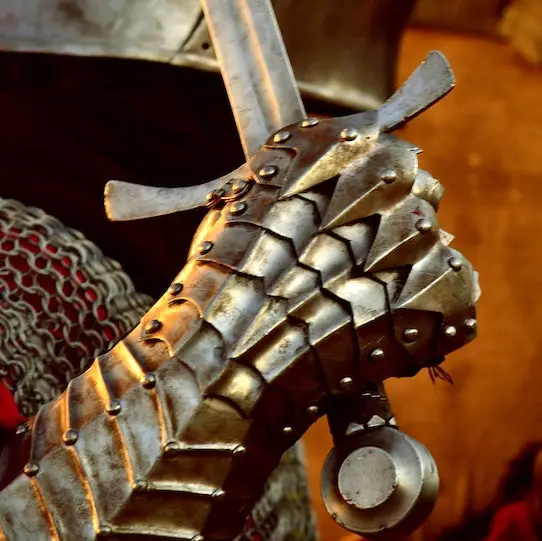
Table of Contents
Warrior Chants: The Battle Cry of Ages
Warrior Chants weren’t merely sounds or lyrics sung in unison. They were a rhapsody of emotions, encapsulating the hopes, dreams, fears, and valor of countless generations of warriors. These melodic proclamations were the very soul of ancient and medieval warfare, embodying not just the aspirations of victory but also the ethos and essence of entire civilizations.
Imagine the pre-dawn silence of a battleground, disrupted only by the rustling of the trees and the distant hoot of an owl. As the sun’s first rays break the horizon, the earth vibrates to the synchronized rhythm of thousands of feet, and the air gets filled with a hauntingly beautiful, spine-tingling chant. This was the scenario in countless wars across history.
Every civilization, every tribe had its distinct battle cry. The Celts had their fierce cries which reverberated with the power of nature, invoking the gods and the elements. The Zulus of Africa had their pulsating rhythms which spoke of the land’s vastness and their own indomitable spirit.
In the East, the Mongols on their mighty steeds would chant in low, husky voices, their songs speaking of vast deserts and endless horizons. In contrast, the Samurai of Japan would have their disciplined and almost poetic chants that epitomized their Bushido code.
Moreover, these chants weren’t just limited to the start or the heat of the battle. They were also songs of mourning for the fallen, of celebrations for victories, and of hope during retreats. They provided the rhythm during marches and gave a cadence to the monotony of long sieges.
Warrior chants were, in essence, the soundtrack to the lives of these brave souls. And while the weapons, strategies, and faces of war have changed over the millennia, the tradition of the warrior chant has survived, metamorphosing and adapting, yet always retaining that primal essence which harks back to the very roots of human civilization.
Origins and Significance
The concept of Warrior Chants is as ancient as the idea of warfare itself. As mankind began to organize itself into tribes and later into larger social structures, the need to differentiate, inspire, and intimidate became paramount. And this is where the chants came into play. Let’s delve deeper into their fascinating beginnings and the importance they held for various societies:
- Tribal Incantations: Among the earliest adopters of chants were the ancient tribes. These chants were initially part of rituals – invoking gods for rain, good harvest, or protection. However, as tribes began to clash over resources and territories, these incantations started serving dual purposes. They began to represent a tribe’s unique identity and became a vital part of warfare. Through these chants, tribes sought the favor of their deities, believing that a powerful chant could ensure victory in battle.
- Ancient Civilizations and Their Chants: As human civilization progressed, the role of warrior chants expanded. The pharaohs of Egypt, for instance, had their own dedicated battle hymns, sung by soldiers marching into war, with words praising the Sun God Ra. The Greeks, with their pantheon of gods, had various chants dedicated to Ares, the god of war, and Athena, the goddess of strategic warfare. These chants were not just about invoking divine help but also served as a reminder of the glory and honor of their great cities.
- Medieval Battlefields: The medieval era saw the evolution of warfare tactics, weapons, and, along with them, warrior chants. The knights of Europe, with their chivalric codes, had chants that spoke of honor, valor, and sacrifice. These songs were more than just motivating; they were tales of grandeur, love, and sacrifice, inspiring knights to uphold their oaths.
- Cultural Adaptations: As trade and conquests led to the mingling of cultures, warrior chants underwent adaptations. For instance, the chants of Moorish warriors, with their distinct Middle-Eastern tones, found their way into Spain, influencing the battle hymns of the Reconquista. Similarly, as the Mongol Empire expanded, the chants of Central Asia fused with those of conquered territories, leading to a rich blend of melodies and words.
- The Power of Legacy and Stories: Often, the significance of a warrior chant lay in the stories they narrated. They recalled legendary battles, great warriors, and ancient prophecies. These stories, passed down generations, became a significant part of a group’s heritage and identity. To sing them was to remember and to pass on the legacy.
In essence, the origins and significance of warrior chants are deeply interwoven into the tapestry of human history. They have been the silent witnesses to our triumphs, losses, hopes, and fears. Each chant, with its unique melody and words, provides a glimpse into the era it comes from, reflecting the aspirations, beliefs, and ethos of the people of the time.
The Melodies Behind the Chants
Every warrior chant, regardless of its origin or purpose, is underscored by a melody. This melody, sometimes haunting, sometimes invigorating, always seems to touch a deep chord within those who hear it. Understanding the melodies behind these chants gives us a more profound insight into their soul-stirring power.
- Rhythmic Foundations: At the heart of every warrior chant lies rhythm. This rhythm often mimics the natural sounds of the environment from which it originates. African chants, for instance, often replicate the beats of the heart, the pounding of feet on the Earth, or even the drumming of rain on leaves. Similarly, the Norse Vikings had chants that resonated with the rhythm of oars striking water, reflecting their prowess in naval warfare.
- Instrumental Influences: Over time, as civilizations grew and cultures intermingled, musical instruments began influencing the melodies of warrior chants. The mournful sound of the Celtic bagpipes, the deep thud of the African djembe drums, the harmonious strumming of the Japanese koto – each added a distinct flavor to battle cries, making them richer and more layered.
- Nature’s Symphony: Many ancient warrior chants drew their melodies from the sounds of nature. The Mongolian throat singing, for example, imitates the whistle of the wind across the vast steppes and the gurgling of streams. Native American chants, on the other hand, often mirror the calls of wild animals, symbolizing different aspects of the battle or the characteristics of the warrior.
- Harmony in Unity: The true power of a warrior chant’s melody is felt when it is sung in unison. The collective voice of an army, all singing together, creates a harmonic resonance. This unity amplifies the emotional intensity of the chant, making it an awe-inspiring experience for both the chanters and their audience.
- Emotional Resonance: Melodies are known to evoke strong emotional responses. The melodies behind warrior chants are no different. Depending on the intent, they can incite courage, induce fear, invoke nostalgia, or even bring forth tears. The Maori Haka, for instance, with its potent combination of actions and melody, can inspire fear in opponents while simultaneously boosting the morale of the performers.
- Legacy of Lullabies: Interestingly, some warrior chants have their origins in lullabies sung by mothers to their children. These soft melodies, when juxtaposed with powerful words of war and courage, create a mesmerizing effect. They remind warriors of their homes, their loved ones, and the very reasons they fight for.
In sum, the melodies behind warrior chants are the unsung heroes. While words tell tales of valor, it’s the melodies that give wings to these words. They ensure that the chants are not just sung but felt, deeply and viscerally, by both those who sing them and those who hear them. They transcend language barriers and touch souls, making warrior chants a universal language of passion, courage, and resilience.
The Power and Influence
Warrior chants, while rooted in historical warfare and tribal rituals, have extended far beyond the battlegrounds, exhibiting an immense influence on various aspects of society and culture. The potency of these chants is not only limited to their role in wars or their ability to incite emotions but also in how they shape communities, cultures, and even modern expressions.
- Unity and Identity: One of the primary influences of warrior chants is the fostering of unity. When an entire battalion or tribe chanted together, the sense of belonging and shared purpose was unmatched. It wasn’t just a song; it was an affirmation of identity. Even today, many communities and groups utilize similar chants to forge bonds among members.
- Cultural Preservation: Warrior chants often serve as oral repositories of a community’s history, values, and legends. For cultures without written records, these chants are invaluable. They pass down stories of ancestors, great battles, and ancient rituals from one generation to the next, ensuring that the culture’s essence remains undiluted.
- Influence on Modern Music: The rhythms, beats, and melodies of ancient warrior chants have left their mark on modern music. Genres like folk, rock, and even pop borrow elements from these traditional songs. Bands and artists often incorporate or are inspired by these primal sounds, bridging the gap between the ancient and the contemporary.
- Sporting Arenas: Today, one of the most evident displays of warrior chants is in sports. From the Haka performed by New Zealand’s rugby team to various football anthems across Europe, the essence is the same: to unify, to intimidate, and to celebrate. These performances are reminiscent of ancient battlegrounds, with teams preparing for their version of ‘war’.
- Therapeutic Uses: The power of chanting isn’t just restricted to wars or sports. Modern therapeutic practices sometimes incorporate chanting as a form of healing. The repetitive nature of chants, combined with deep breathing and concentration, can have a meditative effect, helping individuals deal with stress, anxiety, and other emotional challenges.
- Political Movements and Protests: Warrior chants have been adapted and adopted by various political movements and protests worldwide. These adapted chants unify crowds, motivate participants, and often draw attention to the cause. The influence of such chants can be so potent that they become synonymous with particular movements, echoing the sentiments of thousands, if not millions.
- In Arts and Performance: The world of arts – theatre, dance, cinema – has not remained untouched by the allure of warrior chants. They are used to convey drama, tension, or even historical accuracy in various performances. A film scene depicting an ancient battle or a stage performance showcasing tribal rituals would seem incomplete without the powerful backdrop of warrior chants.
In essence, the power and influence of warrior chants permeate our existence in ways we often don’t even recognize. They resonate with the primal part of our being, reminding us of our shared history, struggles, and victories. They are not just relics of the past but are very much alive, continuously evolving, and influencing myriad facets of our modern lives.
Creating Your Own Warrior Chant
The allure of warrior chants doesn’t just lie in their history or their melodies; it’s also in the potential they offer for personal expression and empowerment. Whether you’re forming a team, seeking a personal mantra, or simply looking to dive into a creative exercise, creating your own warrior chant can be both fun and transformative. Here’s a guide to help you craft a chant that resonates with your spirit:
- Discovering Purpose: Before diving into words or melodies, it’s crucial to determine the chant’s purpose. Is it to motivate a sports team? To provide personal encouragement during challenging times? Or maybe to bring a community together? Once you’re clear on the intent, crafting the chant becomes more focused.
- Drawing from Personal Experiences: The most powerful chants come from a place of authenticity. Think of personal experiences, challenges overcome, and victories celebrated. These real-life instances provide a wellspring of inspiration.
- Simple and Repetitive: Remember, a warrior chant is not about complex vocabulary or intricate verses. Simplicity is key. Opt for short, impactful phrases that can be repeated with ease. Repetition ensures that the chant sticks in memory and can be recited without effort.
- Finding the Rhythm: While not every chant needs a melody, a rhythm is essential. You can clap, stomp, or use a drum to find a beat that resonates with your words. Rhythmic consistency will make your chant more catchy and impactful.
- Cultural Inspirations: If you’re unsure where to start, delve into different cultures. Listen to Maori Hakas, Celtic battle cries, or African tribal chants. You don’t need to copy them but understanding their structure, rhythm, and emotion can guide your creative process.
- Incorporate Movement: A chant isn’t just about words or sounds; it’s an all-encompassing experience. Think of movements or gestures that can accompany your chant. These can amplify its meaning and create a more immersive experience.
- Collaborate: If the chant is meant for a group, involve members in its creation. Collective brainstorming can yield ideas and perspectives you might not have considered. Moreover, when everyone has a hand in its creation, the chant holds more personal significance.
- Test and Refine: Once you’ve crafted your chant, test it out. Recite it aloud, get feedback, and see how it feels. Don’t hesitate to refine and tweak based on the responses you get.
- Embrace the Power: Once you have your warrior chant, embrace its power. Use it as a tool for motivation, unity, or even meditation. Let it be a reflection of your spirit and resilience.
Creating your own warrior chant is a unique way to connect with ancient traditions while also expressing personal or collective aspirations. It’s a journey into the self, into history, and into the power of words and rhythms. So, go on, find your battle cry, and let it echo with all the passion and fervor you can muster.
FAQ
Is there a spiritual or religious aspect to these chants?
In many cultures, there is a deep spiritual or religious undertone to warrior chants. They often call upon deities for protection, strength, and victory. However, not all warrior chants have a spiritual element; some might be secular, focusing on tales of valor, unity, or intimidation.
What are warrior chants?
Warrior chants are rhythmic and melodic expressions used by various cultures throughout history to inspire, motivate, and rally troops before or during combat. They are also a means to invoke divine protection, remember past glories, or intimidate adversaries.
See Related Posts

Understanding Warrior Chants
Mongolian Warrior Chants

Everything to Know About African Chants

Zulu War Chants
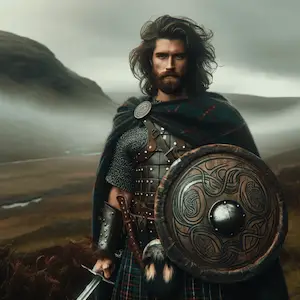
Gaelic War Chants
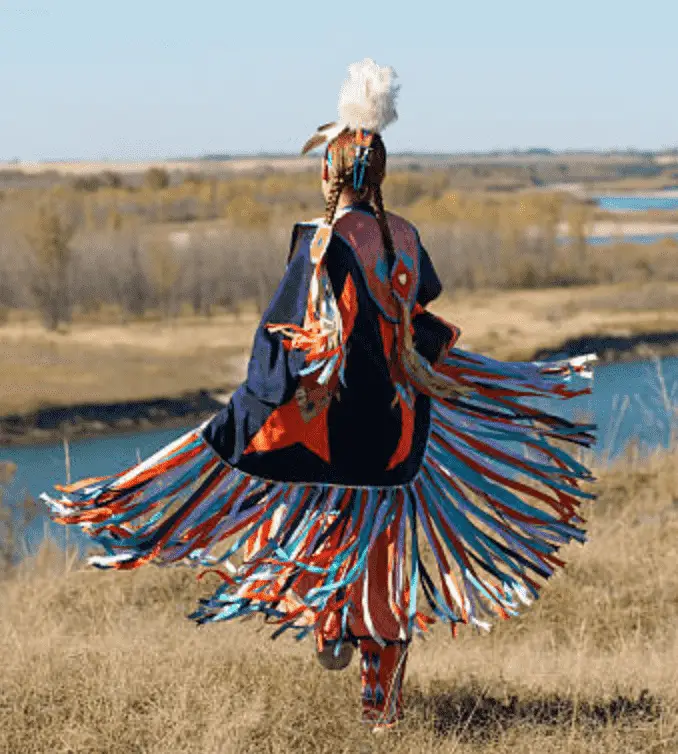
Ojibwe Chants
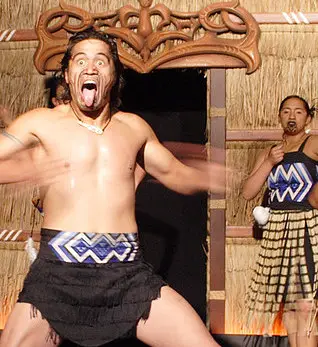
ka mate Haka Chant
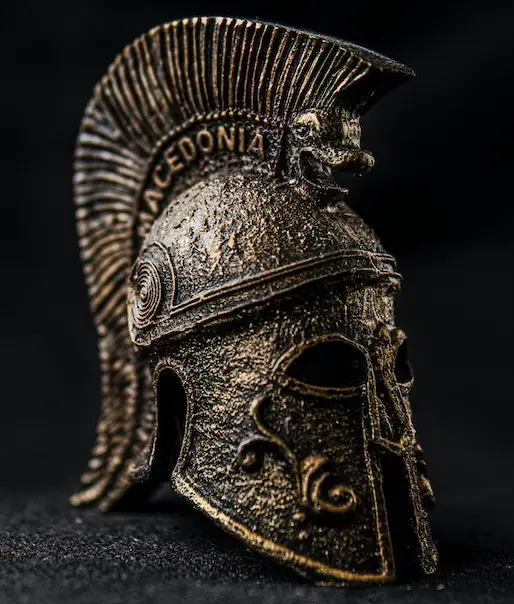
Spartan Chants

Hawaiian War Chants

